Introduction to BBQ Beef Ribs
BBQ beef ribs are a quintessential part of any outdoor grilling experience. With their rich, smoky flavor and tender meat, they are a favorite among barbecue enthusiasts.
This article will delve into the different types of beef ribs, how to choose the best ribs, the essential BBQ tools and equipment needed, and more. Whether you are a novice griller or a seasoned pitmaster, this guide about Introduction to BBQ Beef Ribs will provide you with all the information you need to master BBQ beef ribs.

Types of Beef Ribs
Understanding the various types of beef ribs is essential for selecting the right cut for your BBQ. The three main types are short ribs, back ribs, and plate ribs.
Short Ribs
Short ribs come from the lower section of the cow’s rib cage, specifically the brisket, chuck, plate, or rib areas. These ribs are known for their marbling and meatiness. They are often cut into individual pieces and are ideal for slow cooking, which helps to tenderize the meat and enhance its flavor. There are two common styles of short ribs: English cut and flanken cut.

- English Cut: The ribs are cut parallel to the bone, resulting in a thick piece of meat on top of one long bone.
- Flanken Cut: The ribs are cut across the bone, producing a thin strip of meat with several small bone pieces in each piece.
Back Ribs
Back ribs, also known as beef back ribs, are cut from the upper part of the cow’s rib cage, near the spine. These ribs are generally leaner than short ribs and have a higher bone-to-meat ratio. They are best cooked over low heat to prevent them from becoming tough and dry. Back ribs are often used for their flavor and can be grilled, smoked, or roasted to perfection.
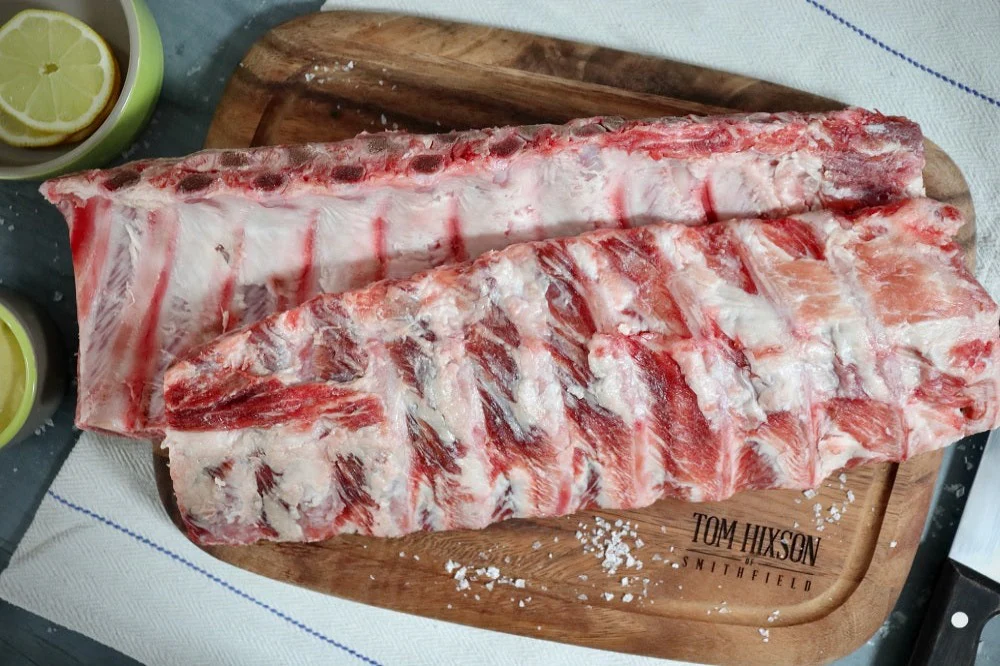
Plate Ribs
Plate ribs are taken from the lower portion of the rib cage, near the cow’s belly. These ribs are larger and meatier compared to back ribs. Plate ribs are a favorite among BBQ aficionados for their rich, beefy flavor and are best cooked low and slow to break down the connective tissue and render the fat. They are sometimes referred to as “dino ribs” due to their size and are typically cut into three-bone portions for easier handling and cooking.

Choosing the Right Ribs
Selecting the right ribs is crucial for achieving the best BBQ results. Here are some key factors to consider when choosing beef ribs.
Quality Indicators: When choosing beef ribs, look for quality indicators such as color and marbling. High-quality ribs should have a bright red color, indicating freshness. The meat should also be well-marbled, with thin streaks of fat running through it. This marbling is essential for flavor and tenderness. Avoid ribs that have a grayish color or dry-looking meat, as these are signs of poor quality or aging.
Marbling refers to the intramuscular fat found within the meat. This fat melts during cooking, basting the meat from the inside and keeping it moist and flavorful. Ribs with good marbling are more tender and have a richer taste. When shopping for beef ribs, select cuts with ample marbling for the best results.
Freshness and Storage Tips: Freshness is paramount when selecting beef ribs. Ensure the meat is stored properly to maintain its quality. Keep ribs refrigerated at 32°F to 40°F and use them within 3-5 days of purchase. For longer storage, ribs can be frozen. Wrap them tightly in plastic wrap or aluminum foil, then place them in a freezer bag. Frozen ribs can last up to six months but should be thawed in the refrigerator before cooking. Always check the packaging date and avoid ribs that are near their expiration date.
Basic BBQ Tools and Equipment
To achieve perfect BBQ beef ribs, you need the right tools and equipment. Here is a list of essential items that will make your BBQ experience more enjoyable and successful.
Essential BBQ Tools
Having the right BBQ tools is essential for any griller. Key items include:

- Tongs: Long, sturdy tongs are necessary for flipping and moving ribs on the grill.
- Basting Brush: Used for applying marinades and sauces to keep the ribs moist.
- Meat Thermometer: Ensures that the ribs are cooked to the right internal temperature.
- Cutting Board and Knife: A durable cutting board and sharp knife are necessary for preparing and serving the ribs.
Recommended Smokers
Using a smoker can significantly enhance the flavor of your BBQ beef ribs. Here are some recommended types:
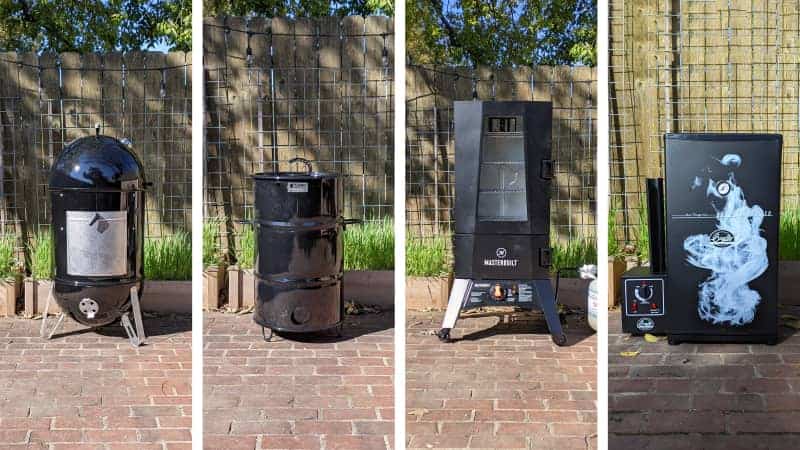
- Offset Smokers: These provide excellent temperature control and ample cooking space. They use wood or charcoal as fuel and allow for indirect cooking, which is ideal for slow smoking ribs.
- Pellet Smokers: Known for their convenience and consistent heat, they use wood pellets to impart a smoky flavor. Pellet smokers are easy to use and can maintain a steady temperature, making them perfect for long cooking sessions.
- Electric Smokers: Easy to use and maintain, these are perfect for beginners. Electric smokers use electricity to generate heat and wood chips for smoke, offering a set-and-forget convenience.
Useful Accessories
In addition to the essential tools, several accessories can enhance your BBQ experience:
- Heat-Resistant Gloves: Protect your hands from high temperatures.
- Rib Racks: Help to cook multiple racks of ribs evenly by standing them upright.
- Foil Pans: Useful for catching drips and preventing flare-ups.
- Spray Bottles: Filled with apple juice, vinegar, or a mix of water and spices, these can be used to keep the ribs moist during cooking.
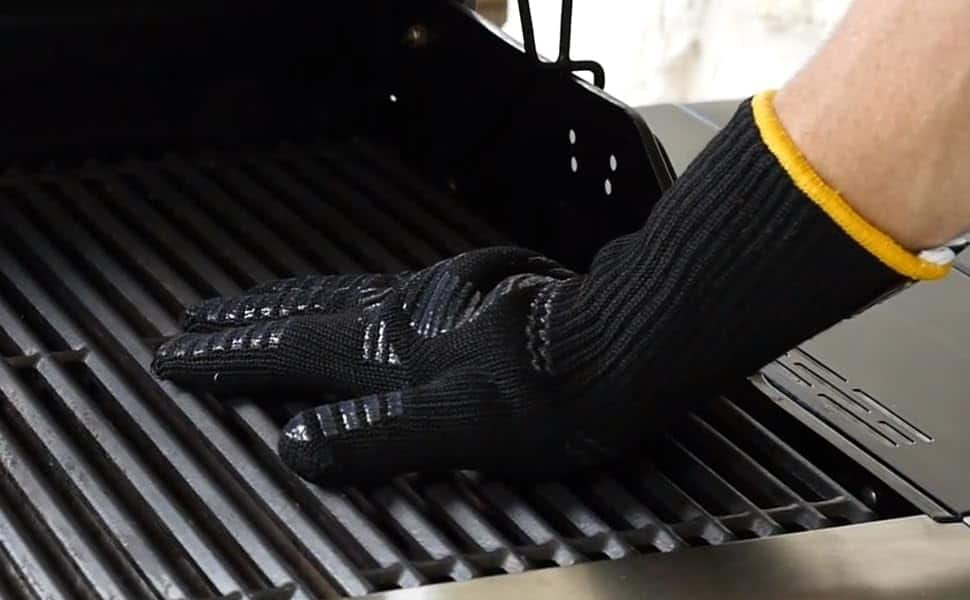
Preparing and Seasoning Ribs
Preparation and seasoning are critical steps in achieving delicious BBQ beef ribs. Proper preparation ensures the ribs cook evenly and develop a flavorful crust.
Trimming the Ribs
Before cooking, it’s essential to trim the ribs to remove any excess fat and the silver skin (a tough membrane on the bone side of the ribs). Removing the silver skin allows the seasoning to penetrate the meat better and ensures a more tender bite.
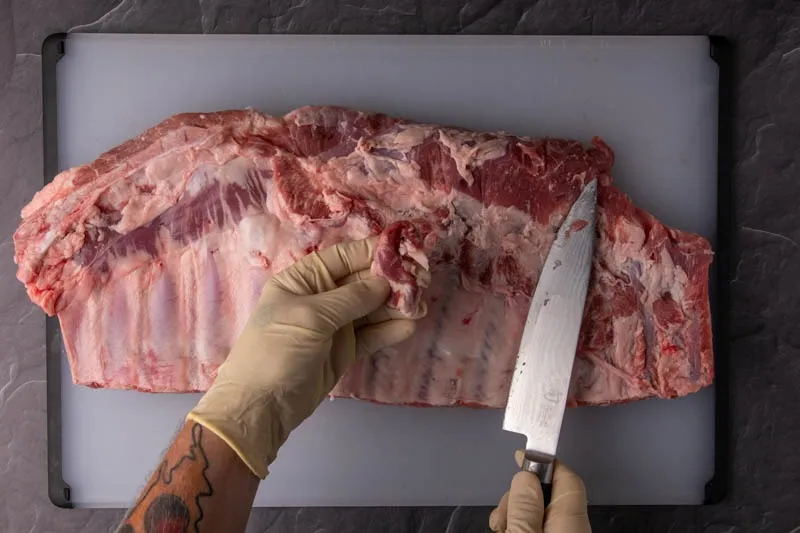
Seasoning Options
Seasoning the ribs is where you can get creative. There are two primary methods: dry rubs and sauces/marinades.
- Dry Rubs: A dry rub is a mixture of spices and herbs that is rubbed onto the surface of the meat. Common ingredients include salt, pepper, paprika, garlic powder, onion powder, and brown sugar. The rub forms a crust during cooking, adding texture and flavor.
- Marinades: A marinade is a liquid mixture that the ribs are soaked in before cooking. Ingredients can include soy sauce, Worcestershire sauce, vinegar, citrus juice, and various spices. Marinades help to tenderize the meat and infuse it with flavor.
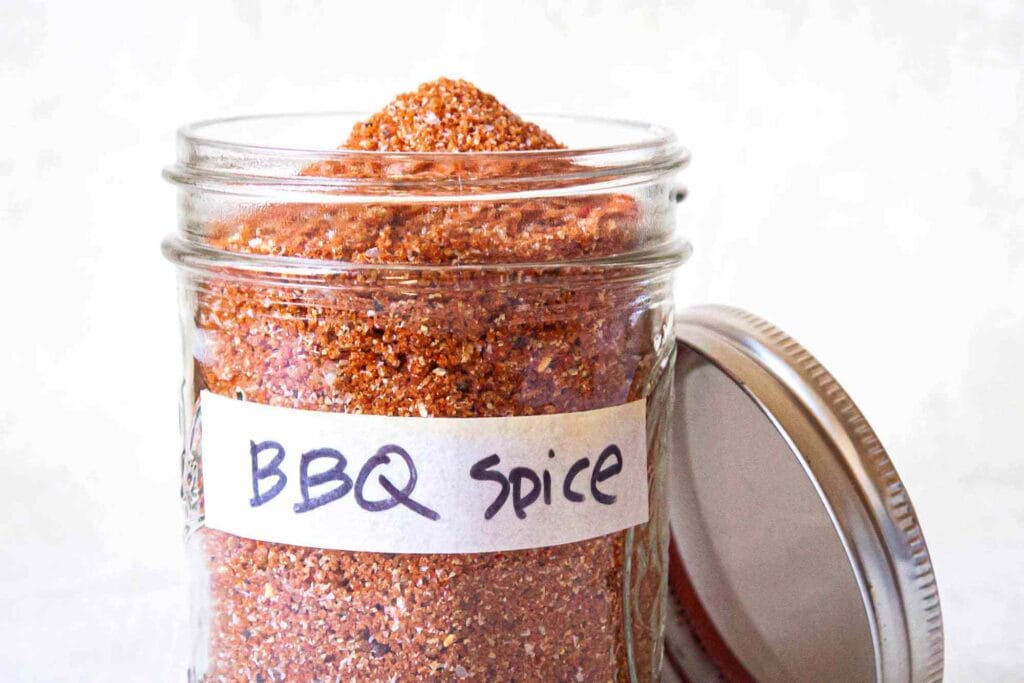
Resting the Ribs

After seasoning, let the ribs rest for at least 30 minutes to allow the flavors to penetrate. For deeper flavor, you can refrigerate the seasoned ribs for several hours or overnight.
Cooking Techniques for BBQ Beef Ribs
Cooking BBQ beef ribs requires patience and attention to detail. There are several advance techniques and methods to choose from, each yielding delicious results.

- Smoking
- Smoking is the most traditional method for cooking beef ribs and imparts a deep, smoky flavor. Maintain a consistent temperature between 225°F and 250°F and smoke the ribs for 6-8 hours. Use wood chips or chunks like hickory, oak, or mesquite for the best flavor. Rotate and spritz the ribs with a liquid mixture every hour to keep them moist.
- Grilling
- Grilling beef ribs can be quicker than smoking but requires careful temperature control to avoid drying out the meat. Use indirect heat by placing the ribs on the cooler side of the grill and cooking them slowly at a low temperature. Finish with a sear over direct heat to caramelize the exterior.
- Oven Cooking
- If you don’t have access to a smoker or grill, you can cook beef ribs in the oven. Preheat the oven to 275°F and place the ribs on a baking sheet lined with foil. Cover the ribs with another sheet of foil and bake for 3-4 hours. Finish by uncovering the ribs and cooking at a higher temperature or broiling to develop a crispy crust.
- Braising
- Braising is a method that involves cooking the ribs slowly in a liquid. This can be done on the stove or in the oven. Use a flavorful liquid such as beef broth, beer, or a combination of both, along with onions, garlic, and herbs. Braise the ribs at a low temperature until they are fork-tender.
If you want to explore more about different methods i cooking this BBQ beef ribs you might want to check our guide about BBQ Beef Ribs in Different Cultures for more options you can try!
Serving and Enjoying BBQ Beef Ribs
Once your ribs are perfectly cooked, it’s time to serve and enjoy them. Proper presentation and pairing can elevate your BBQ experience.
Slicing the Ribs
Allow the ribs to rest for 10-15 minutes after cooking to let the juices redistribute. Use a sharp knife to slice between the bones, ensuring each piece has a good amount of meat.

Sauce Options
While beef ribs are delicious on their own, adding a sauce as a finishing touches can enhance their flavor. Traditional BBQ sauce, made from ketchup, vinegar, brown sugar, and spices, is a classic choice. For a tangier option, try a vinegar-based sauce. You can also experiment with different regional sauces, such as Texas-style, which is spicier, or Kansas City-style, which is sweeter.
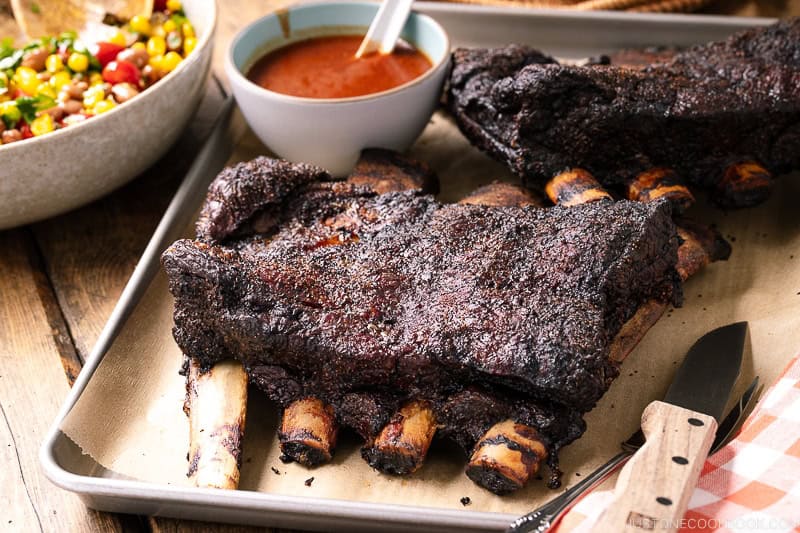
Complement your BBQ beef ribs with a variety of healthy side dishes:

- Coleslaw: A crunchy, tangy coleslaw balances the richness of the ribs.
- Baked Beans: Sweet and savory baked beans are a BBQ staple.
- Cornbread: A slice of warm, buttery cornbread pairs perfectly with smoky ribs.
- Grilled Vegetables: Seasonal vegetables grilled to perfection add a healthy and delicious side to your meal.
Having this BBQ beef ribs is truly an amazing experience, however it’s important to consider its health and nutritional impact. Learn about the Health and Nutrition of BBQ Beef Ribs here.
Storing Leftovers
If you have leftovers, store them properly to enjoy later. Wrap the ribs tightly in foil or plastic wrap and refrigerate for up to 3 days. To reheat, place the ribs in a low oven (250°F) until warmed through. You can also freeze the ribs for up to 3 months; thaw in the refrigerator before reheating.
Final Thoughts
Mastering the art of BBQ beef ribs takes practice, but the results are well worth the effort. By understanding the different types of ribs, choosing high-quality cuts, using the right tools and equipment, and following proper cooking techniques, you can create mouthwatering BBQ beef ribs that will impress your friends and family. Remember to experiment with different seasonings, sauces, and cooking methods to find your perfect BBQ style. Happy grilling!
Disclosure: Our blog contains affiliate links to products. We may receive a commission for purchases made through these links. However, this does not impact our reviews and comparisons. We try our best to keep things fair and balanced, in order to help you make the best choice for you.
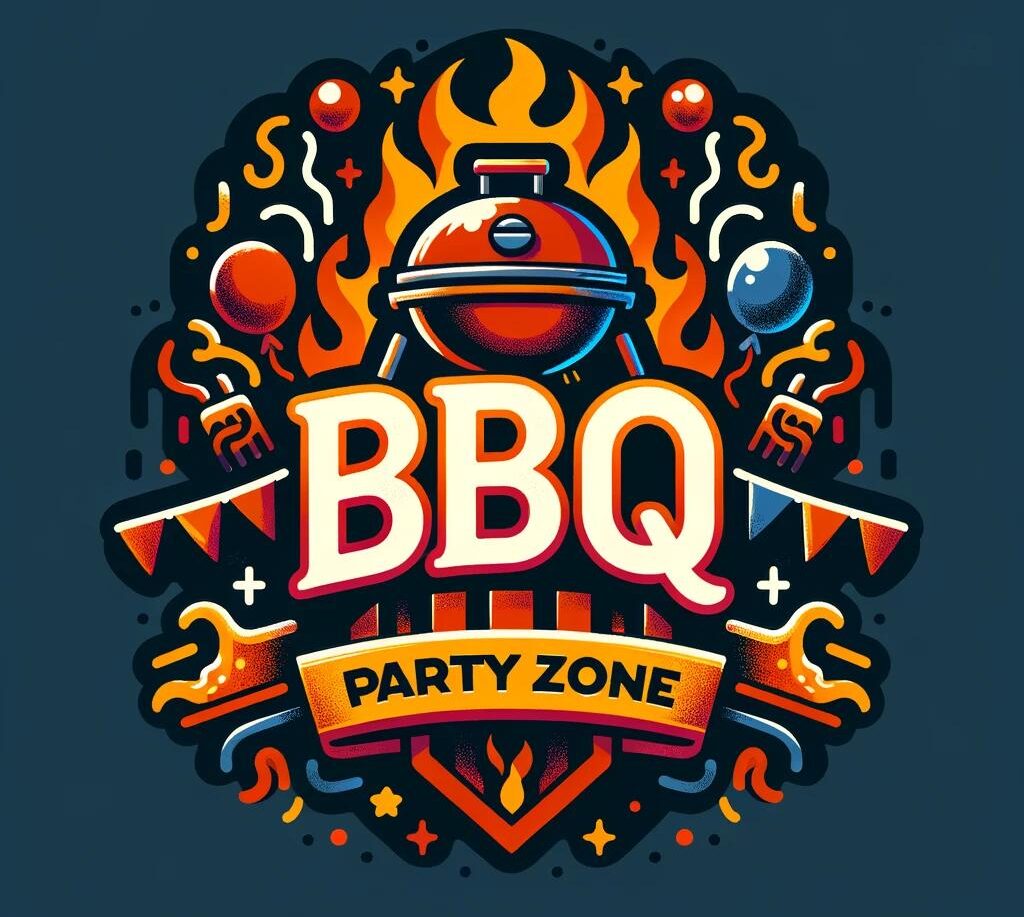


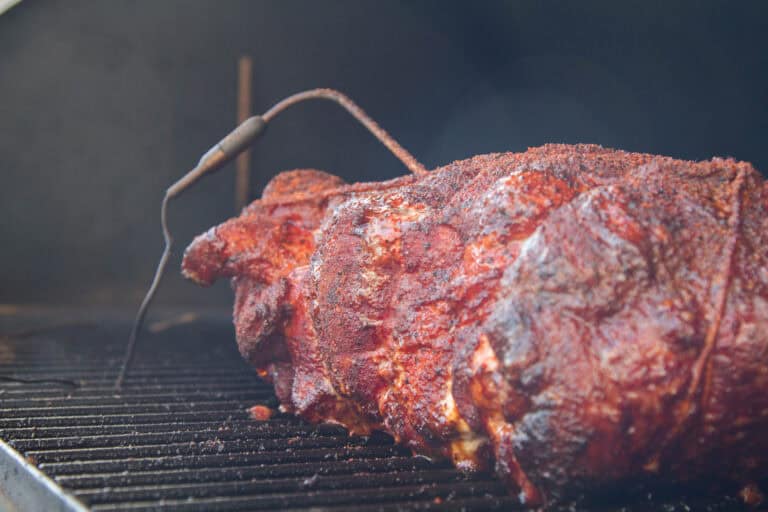




10 Comments